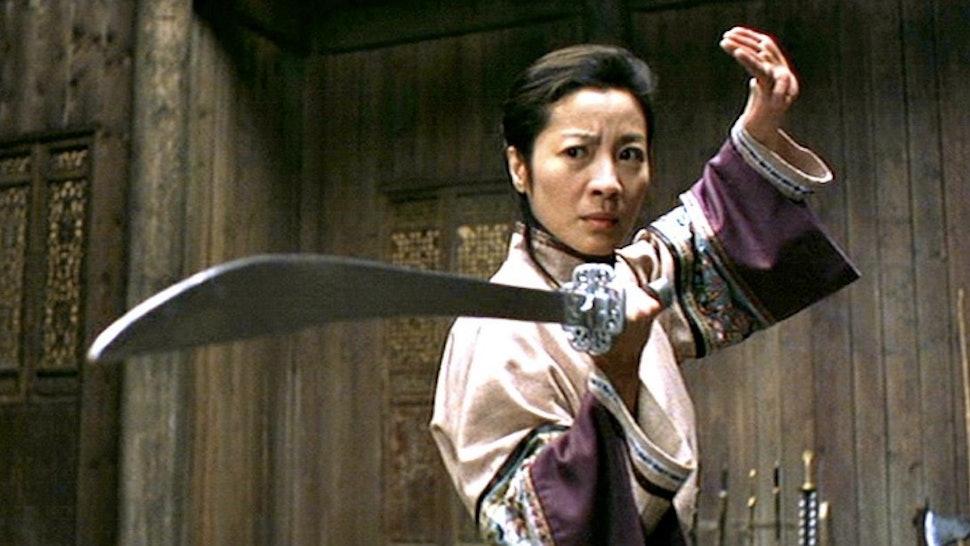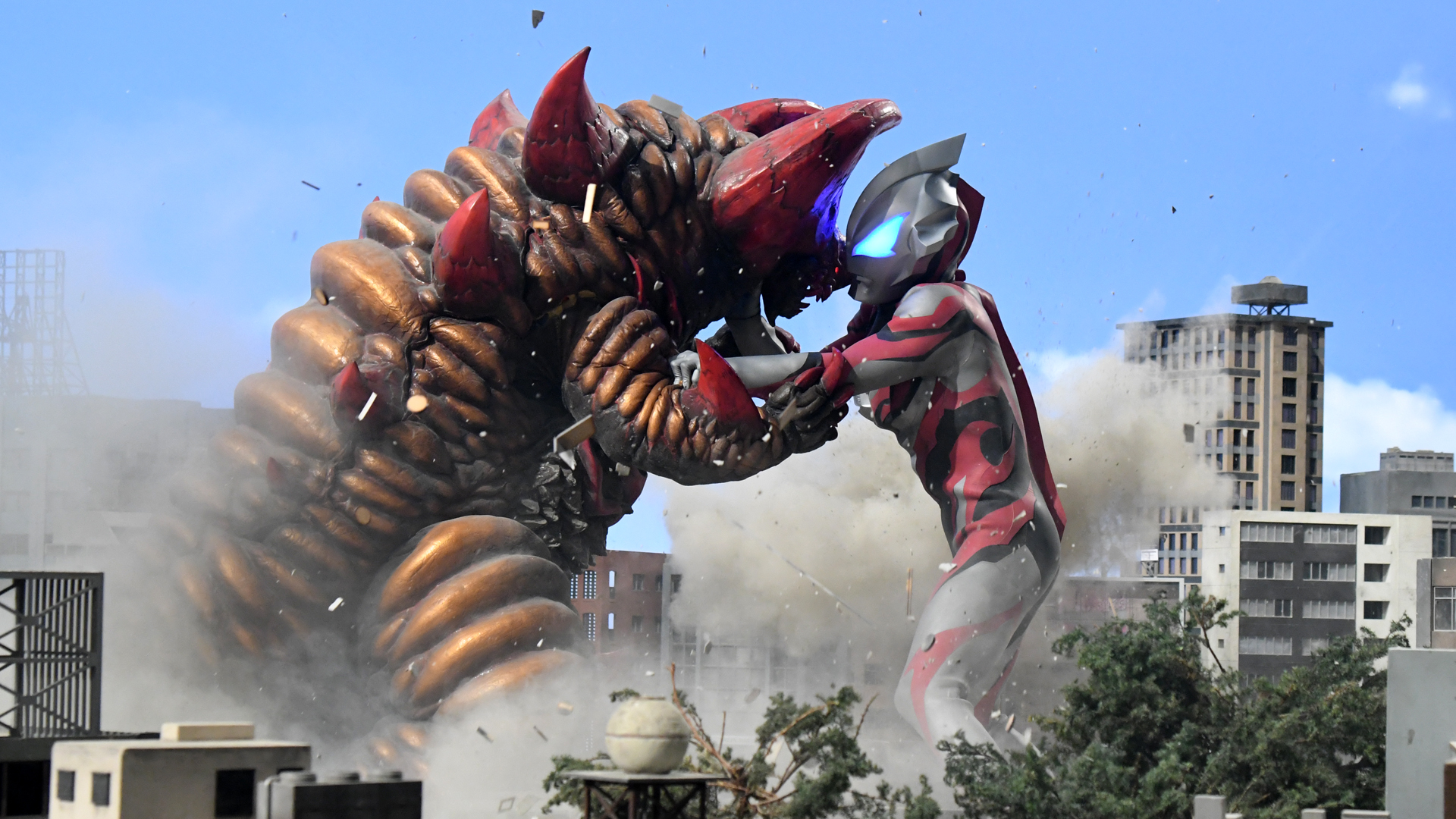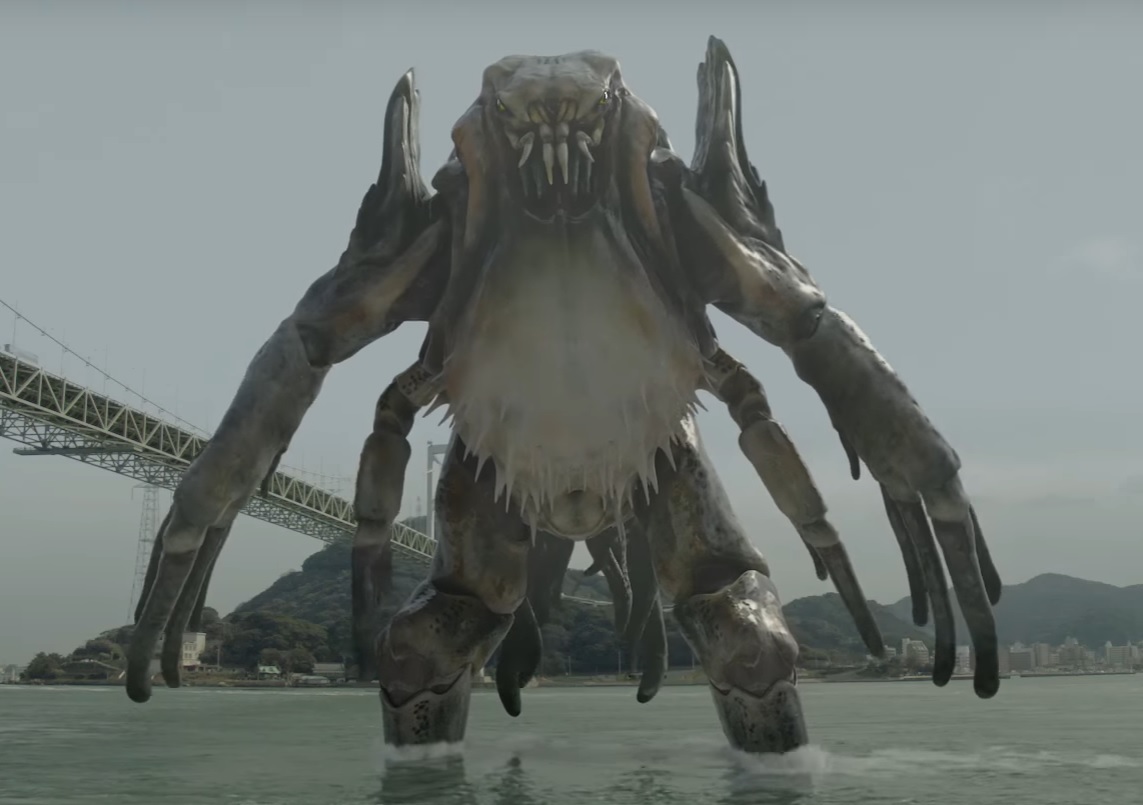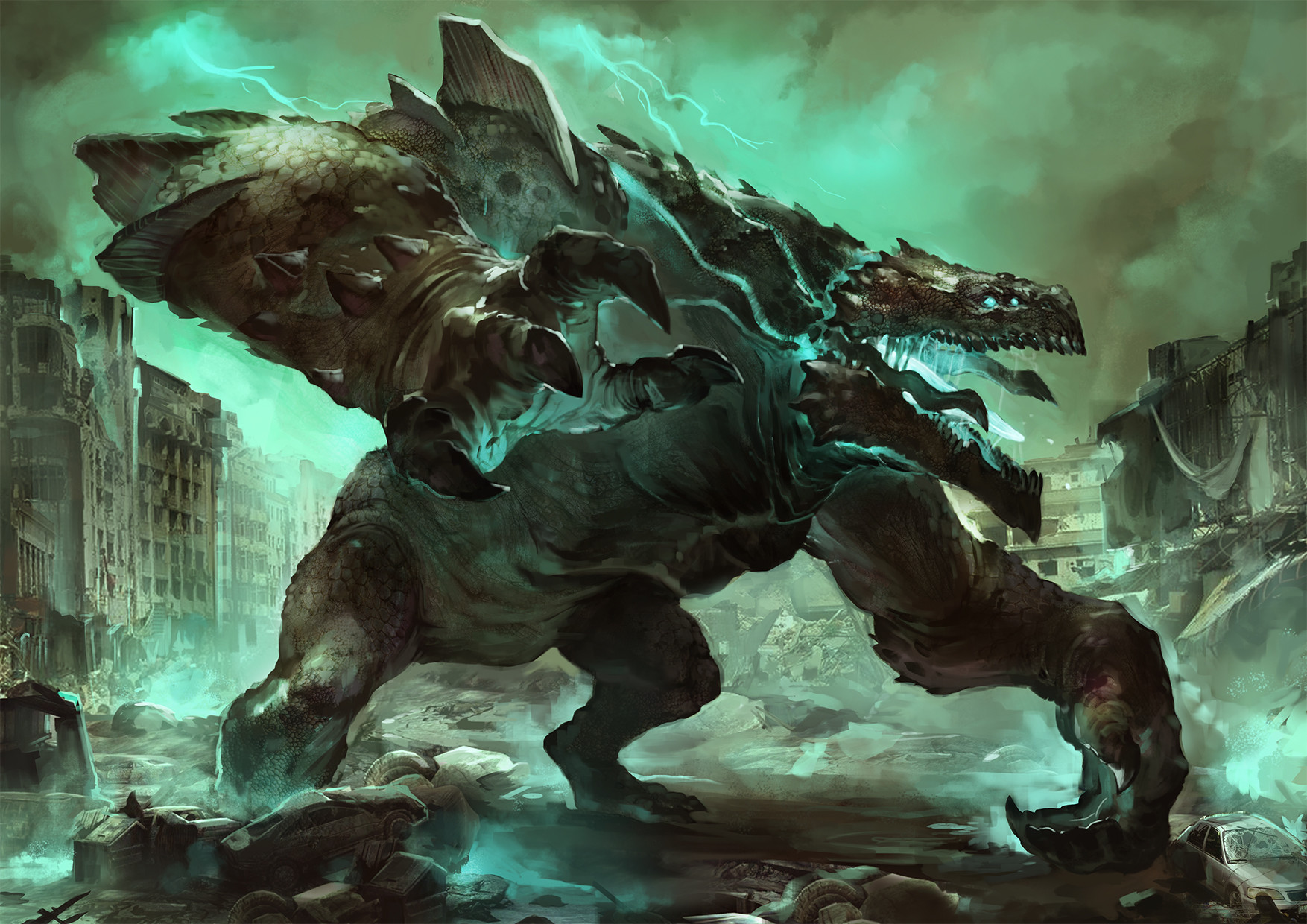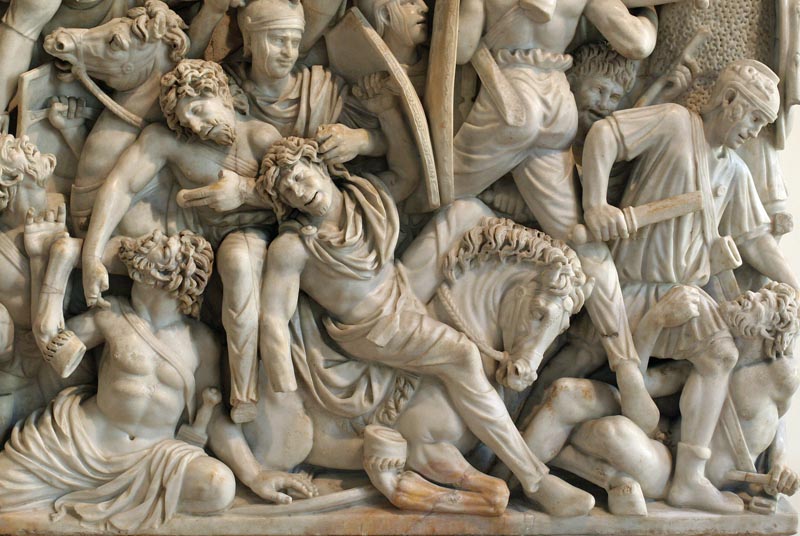Pkdragon of the
Wyvern Moon blog has made noises in the Discord about an undersea hexcrawl. I found myself excited by the idea, but I couldn't find much support for it online. So I decided to do some research of my own, and figure out some quick rules for light and pressure underwater.
These rules assume Earth-similar undersea conditions (the marine world is strange enough before adding magic and monsters) and can accommodate a variety of settings, magic and technology levels. They assume readily accessed, but limited, water breathing; magic pills, Diver's Gas tanks, symbiotes and mutated gills are all fair game.
Further, these rules assume PCs spending long periods of time underwater. Less like diving to the bottom of a pool, more like a multi-hour scuba expedition. In the kind of undersea crawl I'm imagining, returning to the surface will be rare. Learning to operate for extended periods of time underwater, acquiring equipment suited to marine use, creating a base of operations hospitable for air-breathers at the sea bottom and exploring diplomatic relations with the strange sapiences of the ocean is what I'm imagining. You could run a whole campaign without seeing dry land.
I don't assume PCs will be of races automatically suited to living underwater, as it renders many of the challenges toothless. However, the players may seek out magic items, ancient technology, or use forbidden alchemy to modify their own bodies for that purpose.
The rules below are based on real world physics and scuba research, though some figures have been fudged for convenience, and there's not too much granularity. Unless you're playing with a table of oceanographers and scuba divers, their verisimilitude holds up.
The rules below are stripped down for use at the table. I explain my reasoning in the section below.
 |
| Pictured: a high-level PC |
Rules
Zones
There are four zones: daylight, evening, dusk and midnight. These have effects both on available natural light and pressure.
Daylight (0-600'): Long-term freediving with the right equipment is possible.
Evening (600'-1500'): Diving is possible for several days with specialized equipment.
Dusk (1500'-3000'): Short-term diving is possible with the right equipment. Extended exposure leads to insomnia, fatigue and hallucinations.
Midnight(3000'-???): Utterly hostile. Pressurized suits or vessels are necessary for survival.
Measuring Depth
Just as keeping time is necessary in a dungeon, and keeping track of light and food is necessary in the Veins, keeping track of depth is necessary for an underwater adventure. For the sake of simplicity, measurements of 300' are ideal. That's the maximum amount you can ascend in a ten-minute turn without substantial risk of the bends. It's about ten rounds, or one minute of movement.
Light and Visibility
Water quality: Dependent on the properties of surrounding water.
Extremely Clear (super-pure water): 150'
Clear (no particulates, open ocean): 100'
Moderate (some particulates, near seafloor): 60'
Poor (algae bloom, murk, salinity changes): 30'
Very Poor (recent storm, fine sand): 10'
Nonexistent (dense particulates, clay deposit): <5'
Natural light visibility: Values below reflect visibility in various water qualities in the daylight zone in full sunlight. As the surface light fades, reduce visibility appropriately. In the daylight zone, visibility in the evening is 2/3, and 1/3 around dusk, and near nonexistent (moon and starlight) at night. Visibility in the evening zone in the evening is 1/3. Around dusk in the Dusk zone, it's effectively pitch black, etc.
Base(Daylight): As above
Evening: Reduce to 2/3 of base value.
Dusk: Reduce to 1/3 base value.
Midnight: Base visibility is 0. All light comes from artificial sources or creatures.
Artificial light: Bioluminescence, specialized lamps, rare crystals, etc. These have their own values for light distance, and are applied regardless of depth. It is still affected by poor water quality, however.
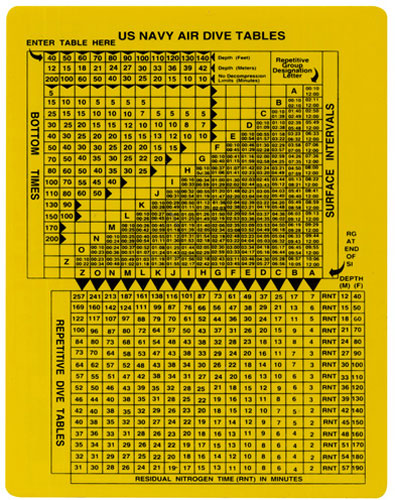 |
| Real world dive tables give AD&D a run for its money |
Depth Pressure
Gas Narcosis: Occurs when divers descend too deep without the right equipment or adaptations. Can be cured quickly by returning to a lower-pressure area. If breathing compressed air, moderate symptoms kick in around 100', and by 300' progress to hallucinations, terror and death. Breathing Diver's Gas, using gills or other methods allow for deeper diving. With those methods, progress a stage along the below scale for every 300' below their listed depth.
No effect > Mild impairment > Delayed responses and overconfidence > Hysteria and hallucinations > Confusion and terror > Blackout, death
The Bends: Occurs when divers ascend too quickly. If you're not careful, trying to cure your narcosis will lead to this. After ascending more than 300' in 10 minutes, you will contract the bends. The symptoms will manifest in 1d6 hours. Roll 2d6 for the severity of the effect. For each additional 300' ascended, add +1 to the roll and subtract -1 from the time. Mild cases can be treated by returning to depth, more serious cases will require high-tech or magical cures.
2-3: Discomfort and pain, without long-term effects.
4-8: -1d4 HP and +2 fatigue.
8-10: -2d4 HP, +4 Fatigue and disorientation.
10-12: -3d4 HP, +6 Fatigue, Save vs Paralysis.
12+: As previous, plus lung decompression, Save vs Death every minute until treated.
Fatigue: In the dusk zone and below, the effects of gas narcosis become apparent regardless of what equipment you have. Every 6 hours spent below the dusk zone without pressure suits, add 1 point of Fatigue. For every additional 300' of depth, add an additional point of fatigue each time. Spending a period below 1500' adds 1 fatigue. Descending to 1800' and spending 6 hours there adds two more, etc.
Crushing: The human body can withstand substantial atmospheric pressure. The possibility of being physically squeezed or crushed only appears well below the midnight zone. Fatigue, insomnia and fatal narcosis will occur far before physical injury from pressure becomes a real risk.
Light
Light is a substantial concern at depth. The 'Sunlight' or euphotic zone, where light penetrates easily during the day, goes down to approximately 200m, or ~600'. The 'Twilight' or dysphotic zone, where sunlight decreases rapidly with depth and photosynthesis is not possible, goes from 200-1000 meters, ~600'-3000'. Below 1000m, ~3000', you enter the 'Midnight' or aphotic zone, where no sunlight penetrates and the only sources of light are those generated by the local fauna and flora.
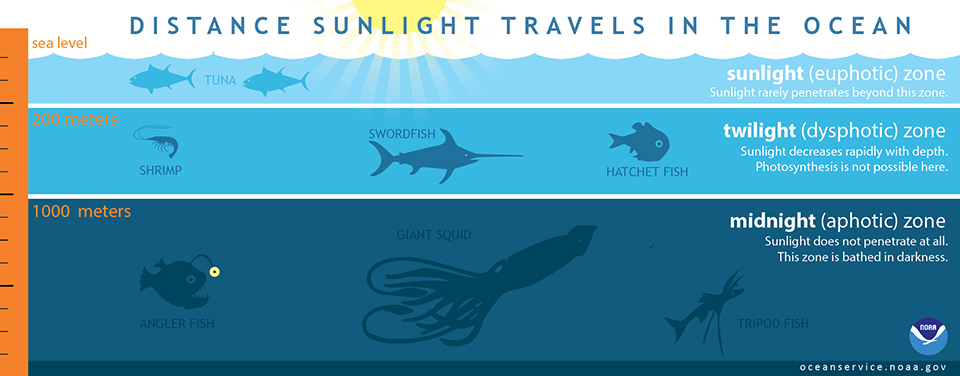
For our purposes as game/adventure designers, this provides quite a neat structure. The deeper = more dangerous assumption is already built into dungeoneering and popular consciousness. But now, depth isn't just for dungeon anymore; it's both dungeon and wilderness.
The daylight zone might be the top levels of the dungeon, where the threats are minimal and are easier to spot, but it's also like the area near a town. Underwater settlements, especially those of air-breathers accustomed to a circadian cycle, will be built here. Extended freediving is possible, and with special gas mixtures/magic humans can survive here almost indefinitely, assuming their other needs are met.
In the twilight zone (laugh it up...) sunlight becomes scarcer, visibility lowers, pressure concerns become serious, and more dangerous, alien creatures are encountered. The most experienced human freedivers can dive into the dysphotic zone, but only just. To explore this place fully, you need special equipment to combat gas narcosis. At the lower depths of this zone, the human body reaches its natural limits. Not only does gas narcosis become severe, exposure to these depths for more than a few hours produce fatigue, insomnia and hallucinations.
I split the twilight zone into the evening and dusk zones, to distinguish between the pressure effects across the zone.
In the midnight zone, there's no sunlight anymore, just whatever you or the monsters can make. Humans can't even get to the border on their own power. To breach the barrier of darkness, you need pressurized suits or submarines. The nastiest, most alien of creatures live down here. There may be uncounted treasures, or there might be nothing. It's Veins of the Earth, except a wrong move will suffocate you. The environment is utterly hostile.
Visibility
Under clear conditions, visibility underwater should be approximately 100'. In extremely clear areas near the surface, effective visibility may extend to about 150'. These figures assume both full daylight and lack of particles/pollutants. Visibility in the daylight and twilight zones takes a sharp dive at night. You can get around this with your own light sources, but particles are more challenging. Some areas are choked with algae at all times. Others are periodically blocked by sand, whipped up by currents or incautious divers. Clay is the worst. Sand will settle back down in a few minutes undisturbed, but loose clay will jump at a moment's notice, and can choke an area for hours.
Depth Pressure
Under Earth-similar conditions, you gain an additional atmosphere of pressure for every ~10m (~30'). This figure is already familiar to RPG aficionados.
How much pressure (critically, how far down) can humans survive? Surprisingly, quite a lot. The limit for recreational diving is 40m, ~120', well shy of the dysphotic zone. Between 40m and 60m is the domain of technical, non-recreational divers. Anything greater than 60m is commonly termed a deep dive. But the actual limit for human freediving goes much deeper.
The current world record holder for freediving is an Egyptian man named Ahmed Gabr, who used a scuba system to dive to a depth of 332 meters, or ~1090'. Still well shy of the aphotic zone, but getting closer. Notably, the greatest obstacle to deep diving is not pressure on the human body, crushing ribs and muscles, but the effects of pressure on internal gas exchange.
Two effects; decompression sickness, also known as the bends, and gas narcosis. Gabr's record dive took only twelve minutes to make, but he took 13 and a half hours to return to the surface. If he had risen quicker, the change in internal pressure of gases in his body would have resulted in hallucinations and drunkenness at best, death at worst.
Gas Narcosis: Occurs when divers descend too deep without the right equipment or adaptations. Can be cured quickly by returning to a lower-pressure area. The effects are similar to drunkenness. In the early stages, the diver feels empowered, masterful, euphoric, while losing minor motor and sensory function. As the narcosis progresses, the diver is subject to impaired judgment, mood swings and loss of coordination. In extreme cases, paranoia and hallucinations set in. A diver may be taken with the 'rapture of the deep' a narcotic self-confidence that drives them deeper and deeper, until they finally die.
The Bends: Occurs when divers ascend too quickly. If you're not careful, trying to cure your narcosis will lead to this. As you dive deeper, the nitrogen in your blood is absorbed into your tissues. In itself, this isn't dangerous, and when you decrease pressure, the gas is released again. But if you decrease pressure too quickly, the nitrogen will form bubbles. Your blood will literally fizz like a soda. Symptoms include joint pain, exhaustion, phantom itching and, in extreme cases, difficulty breathing, quickly leading to shock. There is no way around the bends; you have to slow your ascent, or go deeper if you already have it.
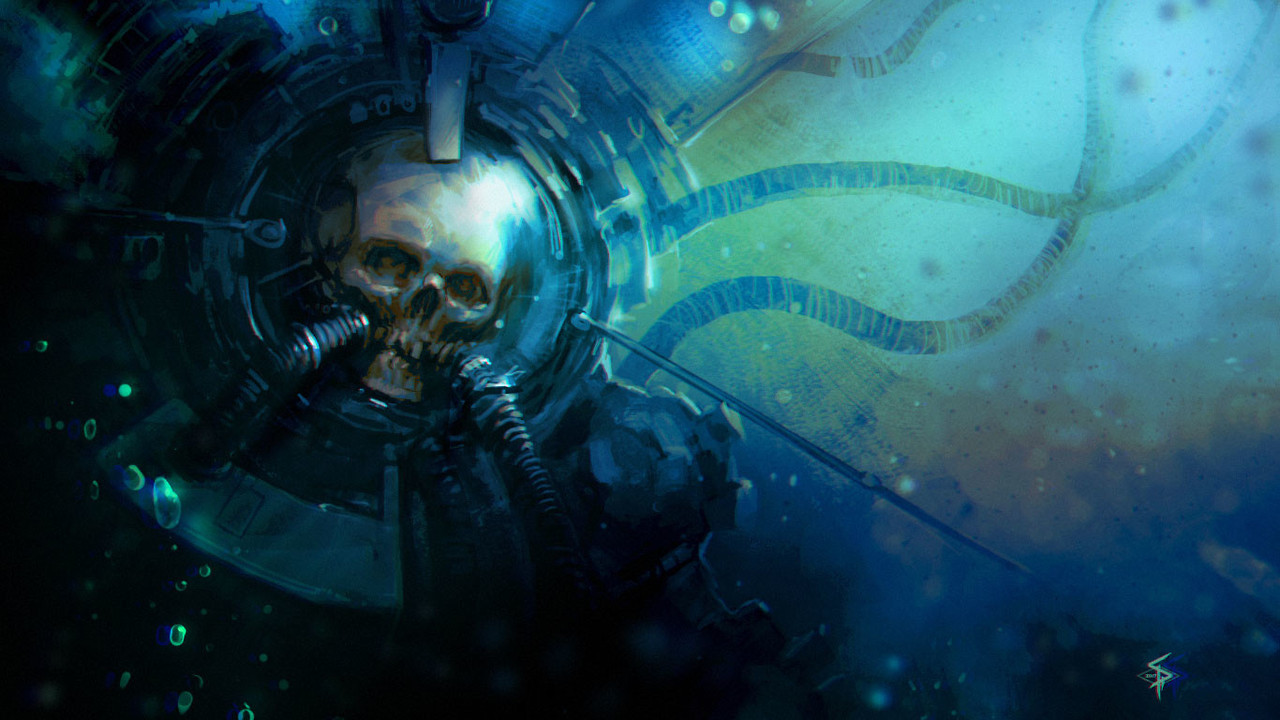
Even so, if we can get past the issues of breathing and internal gas transfer, we can go a lot deeper. While Gabr's 332 meter dive is the world record, subjecting him to over thirty atmospheres of pressure, humans have survived much more. In a simulated dive inside a barometric chamber, breathing hydreliox, a mix of hydrogen, helium and less than 1% oxygen, Theo Mavrostomos survived 2 hours under seventy atmospheres of pressure, equivalent to being 701 meters or 2100' down. Much closer to the aphotic zone. This is the world record for human high-pressure survival, and this upper bound seemingly isn't related to the durability of the human body, just gas exchange.
But even though the human body isn't physically crushed at those depths, consistent fatigue and insomnia render long-term operation at those depths difficult, and likely damaging in the long run. Still, we've shown humans can at survive brief periods quite close to the aphotic zone, when narcosis and oxygen toxicity was taken care of.
I would go as far as to say that gilled humans, whether native or mutants, would be capable of diving to these depths without worrying about narcosis or DCS, but likely couldn't operate for extended periods of time without insomnia, fatigue and long term damage.
So how to we get to the aphotic zone, where all is eternal night and the greatest horrors may be found?
First off, pressurized suits. This is a fairly high-tech solution that gets around several of our depth problems, allowing humanoids to extend their operating capacity. They act effectively as heavy armor, but can be compromised. A suit losing pressure over a very short period of time is not fun. These might be magical in nature, the rare remaining construct of an advanced lost civilization, or most likely, a bit of both. Still, like heavy armor, these suits are bulky and slow.
Second, submarines. Because what's an underwater campaign without submarines? Most of the rules above assume players are moving about underwater on their own power, or possibly on a mount. PCs are exposed to depth pressure at most times, unless in a special suit or in a pressurized location. But in a fully pressurized closed vessel, there's none of that. It's like being back on land for a time. Functioning submarines exist as relics of the above long-lost civilizations. They're rare and valuable, and great loot at the end of a dungeon, if they can be fixed up.
 Final Comments
Final Comments
The gameplay potential of several of these mechanics is apparent. The Bends discourages going up, that is, to safety, too quickly. This strongly encourages planning ahead, and means the party can't just ascend to escape a nasty encounter. The four zones create clear demarcations for adventuring environments, and the players' latitude to explore them. There are no shortage of environmental obstacles in our real world oceans that can fuck up the PCs day, before factoring in any kind of combat.
The kind of game these rules create is gritty, dark, survival and logistics focused. It's Veins of the Earth underwater. The environment is hostile and strange and god knows what's down there. Survival is not at all guaranteed.
If you want an underwater adventure without those elements, where the party can explore as they please, these rules won't do that for you. For me, the main attraction of this kind of adventure is the alienness and danger. Getting around the restrictions of a place that absolutely does not want you there is the big challenge, and it means that a party that has learned to conquer the deep has truly engaged with the environment, instead of just passing through.
Note: OF COURSE I find a post on the OSR subreddit made just hours before I post this. Though it doesn't quite cover the same things. Go and check it out on
Malcon's blog.
